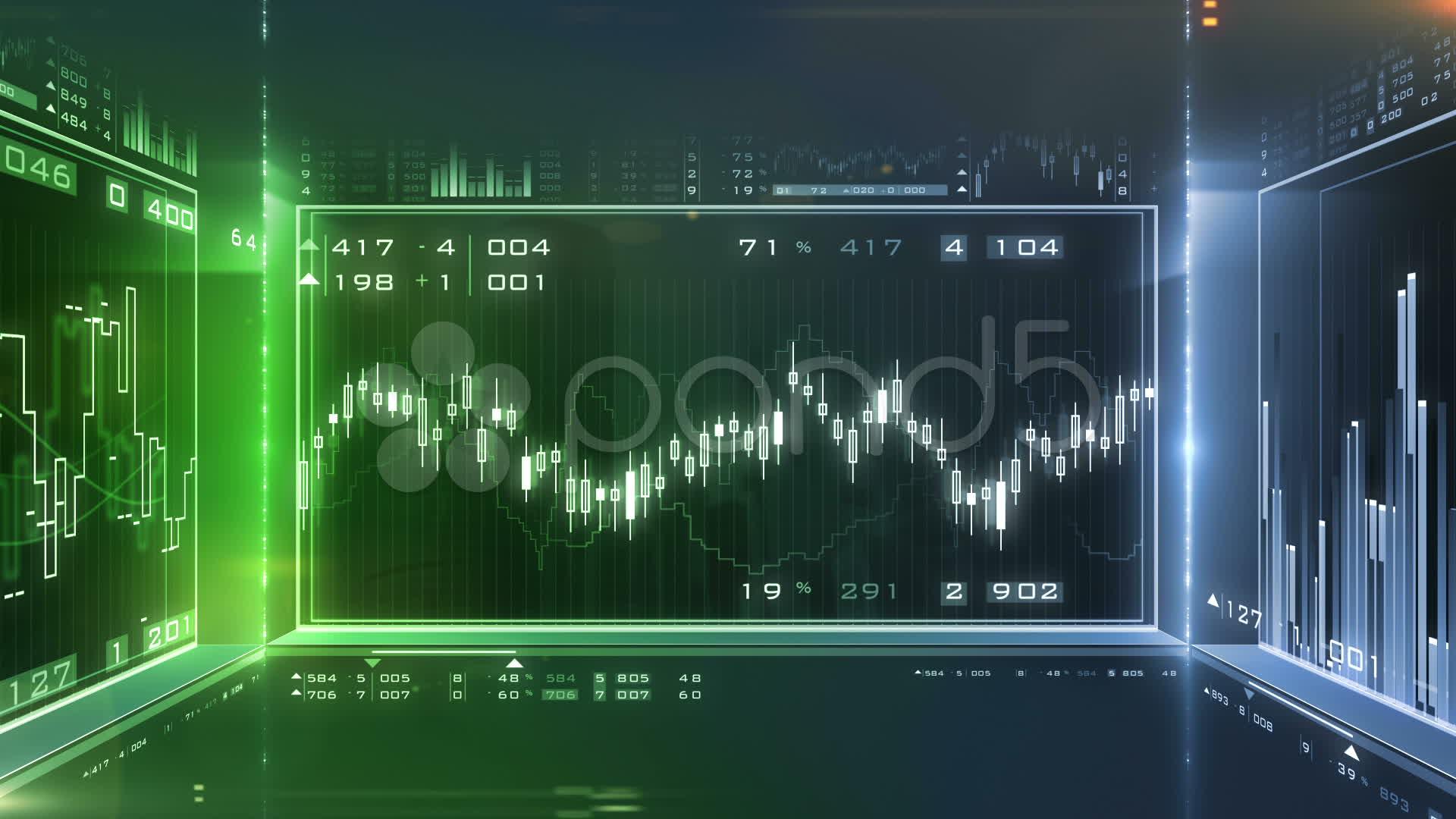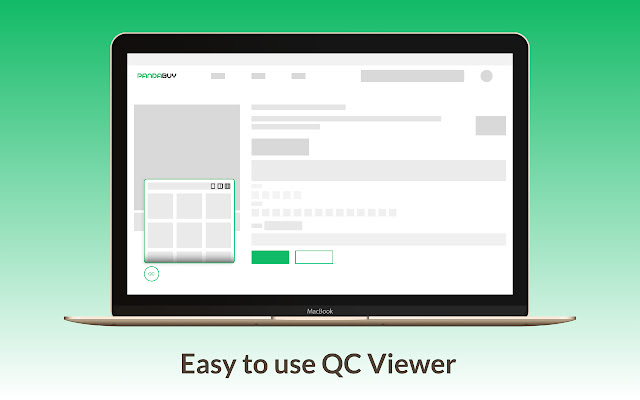When it comes to trading in the financial markets, there are various instruments and products available to investors. One such product that has gained popularity in recent years is Contracts for Difference (CFDs). CFDs allow traders to speculate on the price movements of various financial assets without actually owning them. In this blog post, we will delve into the world of cfd trading dynamics and how you can leverage them for maximum gains.
To begin with, let’s understand what exactly CFDs are. A Contract for Difference is a financial derivative that allows traders to profit from the price movements of an underlying asset, such as stocks, commodities, currencies, or indices. When you trade CFDs, you do not own the underlying asset but instead enter into a contract with a broker to exchange the difference in price between the opening and closing positions of the trade.
One of the key advantages of trading CFDs is leverage. Leverage allows traders to control a larger position size with a smaller amount of capital. This means that even small price movements in the underlying asset can result in significant profits (or losses) for the trader. However, it’s important to note that leverage can also amplify risk, so it’s crucial to have a solid risk management strategy in place when trading CFDs.
Another important aspect of trading dynamics when it comes to CFDs is margin requirements. When you trade CFDs, you are required to deposit a certain percentage of the total position value as margin. Margin requirements vary depending on the asset being traded and your broker’s policies. It’s essential to understand how margin works and ensure that you have enough funds in your account to cover potential losses.
In addition to leverage and margin requirements, another crucial factor in Cfd trading dynamics is market liquidity. Liquidity refers to how easily an asset can be bought or sold without significantly impacting its price. Highly liquid assets tend to have narrow bid-ask spreads and lower transaction costs, making them more attractive for traders. It’s important to consider liquidity when choosing which assets to trade with CFDs.
Lastly, understanding trading psychology is vital for success when trading CFDs. Emotions such as fear and greed can cloud judgment and lead to irrational decision-making. Developing discipline and sticking to your trading plan is key to navigating the ups and downs of financial markets effectively. By staying informed about market trends and continuously learning about different trading strategies, you can improve your chances of achieving maximum gains through Cfd trading.
In short:
In In short, mastering the trading dynamics of Contracts for Difference (CFDs) requires a combination of knowledge, skill, and discipline. By understanding concepts such as leverage, margin requirements, market liquidity, and trading psychology, you can optimize your trading strategies and increase your chances of success in financial markets. Remember that while CFDs offer opportunities for substantial gains, they also come with inherent risks. It’s essential to approach Cfd trading with caution and always prioritize risk management practices to protect your capital. With dedication and continuous learning, you can harness the power of CFDs for maximum gains in your investment portfolio.



